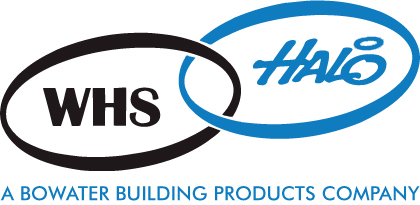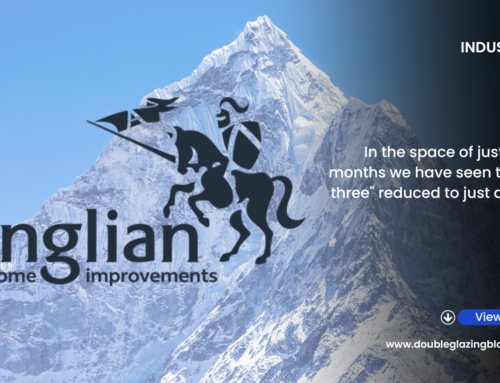Casually looking through my Twitter timeline, catching up on the late evening happenings within our bustling industry, and I see this: @Halo_Systems Coming Soon – TwinSash from Halo, a new window with Uvalues from 0.38, up to A+38 WER, and sound reduction up to 50dB!
Right, before we go any further, lets look at those numbers. U – values, the most technically accurate measure of energy efficiency for a window, of just 0.38. Wow. If that really is achievable then this is one hell of a feat. But it’s the second number we will all be using to market to potential customers. When we get those energy rates certificates, it’s going to show that sparkling A+38 rating. Show that to a customer and even those that don’t care much will probably raise an eyebrow in interest.
Right, down to the nitty gritty, sort of. Halo has released a PDF file which shows a cross section of the product and a brief description. Click this link to have a look for yourself: Halo-TwinSash
I want to tackle the practicality of the thing. It’s wide. Very wide. In fact, if you take two standard sashes at 70mm a piece, with the fixed frame in between, you’re look at a profile that is approaching the 200mm deep mark! Sliding sash windows come in at just a nudge over 140mm deep. So where exactly would these windows go? New builds certainly don’t have the brick walls to cope with such a frame. The only place I can think of is properties that were built in the 60’s and before. The types of properties which have big internal linings on the inside and old terraced houses with the big thick brick work to cope with it. That is assuming I’ve got this right, it was late when I wrote this!
Then there is cost. I think it is safe to say that this new product isn’t going to be cheap. Wild guess here, but two sashes and an extra wide outer frames with much reinforcement, I’m going to say this will be at least double what standard windows cost. I am off to the John Fredericks North seminar in Leeds today so I shall ask some questions and try and get some firmer information. Got to say, this is a bold move from Halo. This certainly will be easily the most premium product on the market when it launches. I don’t think they’re aiming at the mass market though. This product is geared towards the very high end projects and to those that are ultra keen on having the most energy efficient thing possible.
The good news from a manufacturing point of view, and described in the PDF above, is that there is minimal tooling up, works with both existing Rustique and System 10 profiles and accepts all standard hardware. Great news if you manufacture and great news if you want to be able to get this product to market as soon as possible.
The industry seems to be evolving at a very fast pace indeed. It’s not been that long since the introduction of triple glazing, which hasn’t really taken off in the way we’d all hoped. But with this product we seemed to have jumped about 3 steps ahead in one leap! Though I think that this is where the industry is heading. I think before long we are going to see a whole raft of new ‘super energy efficient’ windows hit the market, with this being the first of it’s kind. No doubt that the idea is right. Super energy efficient windows in a super energy efficient age.
But super stats won’t get this off the ground. The product is going to have to look right on the eye, be easy for the end user to operate and it’t can’t be priced so expensive that people won’t be able to afford it.
So, after being quite close to severe financial difficulties, being bought by Veka and having some of it’s internals messed about a bit, Halo have done rather well to pull this out of the bag. I do wonder how much Veka cash has helped aid this. If it has, it’s not a bad thing and shows good commitment from Veka to the Halo cause.
Your thoughts on this will be more than welcome!







I saw a similar window configuration last week on the new CORE building at Stoke. It was an aluminium outer window and a secondary internal aluminium window to create a “sandwich” which I was told brought the total “window” (If you can call it that) down to passive house standards. Are Halo looking to compete in this limited commercial market?
I think this configuration is brilliant and could be useful in some domestic installations. The acoustic properties of this frame would basically be sound proof! Not to mention the thermal insulation. However lets be honest, there would not be many people willing to pay 3 times more for this; I hate to think how long it would take to manufacture each frame.
it will be perfert for a passivhaus installation. the whole building is geared towards a zero emissions and therefore the building will be designed to take a window with such a large profile . it wont be a big seller but could be in the next few years as fuel price continue to rise
You say new builds won’t be able to take these windows, yet my new build (not yet 2 years old and built by one of the national house builders) has walls 325mm thick. Oh and this comment thing still don’t work in IE had to do it on my tablet!